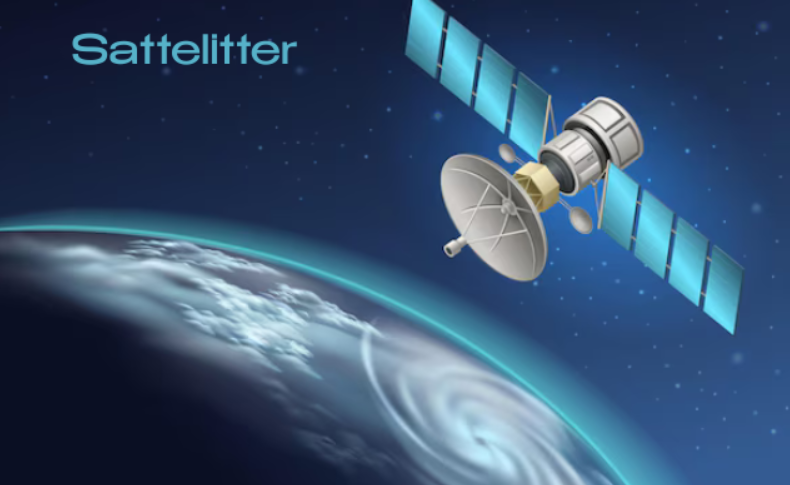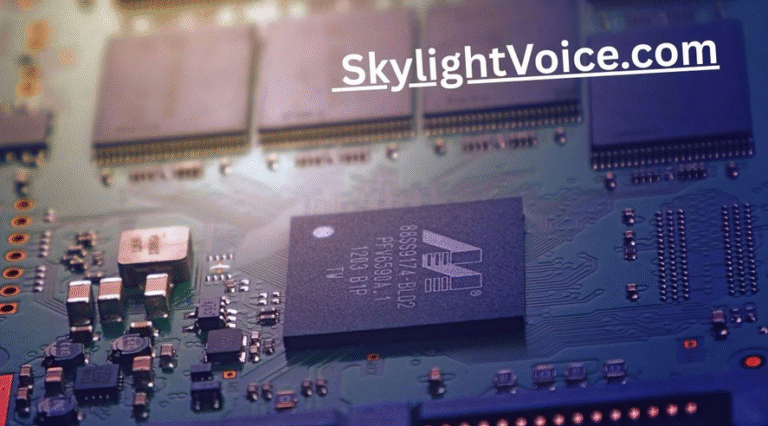Sattelitter: A Breakthrough in Satellite Innovation
Introduction to Sattelitter
In the evolving landscape of space-based technology, a fresh concept is rising—Sattelitter. It represents a bold step forward in how orbital systems are designed, launched, and used. Unlike traditional satellites, which often serve fixed purposes and operate within rigid structures, Sattelitter offers a more agile, multifunctional, and adaptive approach.
Whether it’s for communication, navigation, defense, agriculture, or environmental monitoring, Sattelitter introduces an adaptable framework that pushes beyond the limits of legacy satellite systems.
The Concept Behind Sattelitter
The term “Sattelitter” blends the essence of satellites with a new layer of intelligent performance and flexibility. It is not just about orbiting bodies sending signals to Earth. Instead, it’s about compact, highly capable orbital units that:
- Communicate with one another in real time
- Reconfigure their purpose based on real-world demand
- Support dynamic software upgrades remotely
- Share processing loads across a distributed network
Think of Sattelitter as a cloud in the sky—a decentralized network of space-based nodes offering uninterrupted services across multiple domains.
Design Principles That Define Sattelitter
The Sattelitter platform follows some key design principles that set it apart:
1. Modular Construction
Each unit is built using a modular shell, allowing engineers to replace or upgrade components without rebuilding the whole system. These modules can be assembled like blocks before launch, saving cost and increasing operational efficiency.
2. Adaptive Payload
A Sattelitter doesn’t stick to one role. Instead, it carries multi-purpose payloads that can adjust function. For example, one mission may require weather scanning, while another might need high-speed data transfer. The payload reconfiguration happens in space through remote commands.
3. Smart Software Core
Unlike older systems, Sattelitter is driven by a software-defined brain that receives updates and learns from real-time data. It has built-in AI support to make decisions on things like energy usage, signal direction, and resource sharing.
Applications Across Industries
Communication Enhancement
In regions with poor cellular access, Sattelitter can beam down internet services quickly without the need for heavy infrastructure. These systems move in synchronized patterns, ensuring minimal signal drop and better bandwidth management.
Climate and Environmental Tracking
By combining high-resolution sensors and real-time AI, Sattelitter units can study climate patterns, track wildfires, monitor sea-level changes, and offer predictions with improved accuracy. They can even coordinate to scan vast areas faster than traditional weather satellites.
Precision Farming Support
Agricultural sectors benefit from Sattelitter’s remote sensing abilities. Farmers receive timely information on soil moisture, crop health, and irrigation needs. With continuous updates, decision-making becomes data-driven, reducing waste and increasing yield.
Emergency and Disaster Response
In times of crisis, communication and surveillance are vital. Sattelitter provides instant coverage, mapping affected zones, coordinating aid delivery, and maintaining contact between teams even in regions where infrastructure is down.
Military and Defense Operations
For defense purposes, Sattelitter ensures encrypted, fast, and resilient data channels. Its ability to shift operational modes and evade tracking makes it a reliable choice for national security missions.
How Sattelitter Differs from Traditional Satellites
Here’s a comparison highlighting the shift Sattelitter introduces:
| Feature | Traditional Satellites | Sattelitter |
| Function | Fixed purpose | Multi-role |
| Maintenance | Not upgradeable | Remotely upgradable |
| Interaction | Limited with others | Peer-to-peer coordination |
| Lifespan | Typically long, static | Longer, dynamic with self-healing systems |
| Cost | High per unit | Reduced through modular designs |
The Role of Ground Infrastructure
To support this new wave of satellite systems, the Earth-side infrastructure also needs to evolve. Sattelitter interfaces with edge data centers, portable ground stations, and mobile devices. This reduces latency and ensures near-instant feedback for operations relying on real-time input.
Moreover, Sattelitter’s flexible architecture allows for local nodes to temporarily take control if one station goes down. This decentralization is key to its uninterrupted performance.
Scalability and Sustainability
Launching space systems has traditionally been expensive and unsustainable. However, Sattelitter is designed for sustainability:
- Recyclable parts: Modules can be collected, refurbished, and relaunched
- Solar adaptability: Its body includes advanced solar skin that absorbs energy from wider angles
- Micro-launch capabilities: Smaller rockets can deploy Sattelitter units in batches, reducing environmental impact
Its scalability model allows for networks to grow gradually. Businesses or governments can start with a few units and expand as needs evolve.
Challenges and Solutions
Orbital Traffic Management
With more satellites orbiting Earth, space congestion is becoming a risk. Sattelitter addresses this with smart traffic algorithms. Units are aware of nearby objects and adjust their paths automatically.
Cybersecurity Threats
As a digital-first satellite solution, Sattelitter is vulnerable to hacking if not protected. Each unit employs adaptive encryption that reshapes keys during transit, making unauthorized access nearly impossible.
Power Efficiency
Balancing performance and energy is crucial. Sattelitter uses predictive models to conserve power. It turns off non-critical functions during inactivity and redistributes tasks among neighboring units to avoid energy spikes.
Looking Toward the Future
The Sattelitter revolution is still in its early stages, but the roadmap is promising. Over the next decade, we may see:
- Global real-time coverage via interconnected sattelitter networks
- Direct-to-device connections, removing the need for ground towers
- AI-driven orbit maintenance, cutting manual control needs
- Integration with space-based 3D printing to build replacements on demand
These developments indicate a future where orbital systems are more accessible, less costly, and highly responsive to terrestrial needs.
Who Is Driving the Sattelitter Movement?
Several aerospace startups, tech think tanks, and private investors are behind this movement. While public agencies continue to support large-scale missions, Sattelitter represents a more flexible and scalable model suited for the private sector, humanitarian organizations, and even academic institutions.
Startups are experimenting with new materials, ultra-light payloads, and mesh-style communications to make Sattelitter more robust and affordable.
Final Thoughts
Sattelitter stands as a new chapter in orbital systems technology. It’s not just about launching objects into space—it’s about creating a smart, responsive, and self-evolving network above our heads. By shifting the focus from hardware to intelligent systems, Sattelitter unlocks new opportunities for communication, data gathering, emergency response, and environmental care.
With its modularity, versatility, and intelligence, Sattelitter may soon become the backbone of next-generation space infrastructure—bridging gaps, solving problems, and connecting the world in ways once thought impossible.





